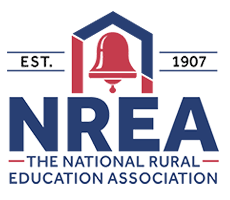Abstract
In rural eastern North Carolina, the rapid growth of English Learners (ELs) unintentionally makes mainstream classrooms sheltered instruction classrooms. Sheltered instruction is content-based instruction (CBI) where ELs acquire language while learning content. In addition to ELs, this region has a high number of Standard English Learners (SELs). SELs are native English speakers whose dialects are nonstandard and whose home languages differ structurally from academic English. A yearlong professional development used sheltered instruction to focus on academic language proficiency. A local university, two principals and 14 teachers partnered and participated in this weekly professional development. Data were analyzed using Guskey’s (2000) framework for evaluating professional development. Findings indicated that when sheltered instruction was implemented with fidelity, teachers’ perception of the principal changed from a manager to an instructional leader, content teachers became teacher leaders, instruction focused on academic language proficiency; and there was evidence of academic growth for low achieveing students.
Creative Commons License

This work is licensed under a Creative Commons Attribution 4.0 International License.
Recommended Citation
Ringler, M. C.,
O'Neal, D.,
Rawls, J.,
&
Cumiskey, S.
(2013).
The Role of School Leaders in Teacher Leadership Development.
The Rural Educator, 35(1).
https://doi.org/10.35608/ruraled.v35i1.363



